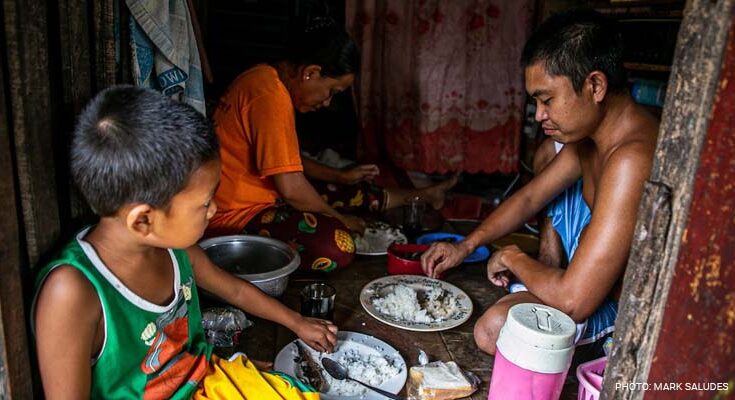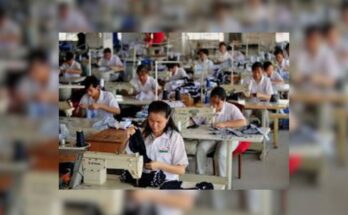SELF-rated poverty in the Philippines dropped in the third quarter of 2024 with about 43 percent of Filipino families, or approximately 11.3 million, considering themselves poor, according to the latest survey conducted by OCTA Research.
This figure, based on the Tugon ng Masa (TNM) survey conducted from Aug. 28 to Sept. 2, represents a substantial improvement from the 48 percent recorded in the second quarter of the year.
This 5-percentage point decrease equates to a reduction of about 1.4 million families who no longer consider themselves poor, underscoring a “notable shift in self-perceptions of poverty,” according to OCTA.
OCTA noted a significant improvement in Mindanao, where self-rated poverty plummeted by 17 percentage points, from 77 percent in June to 60 percent in August.
However, self-rated poverty rose in Metro Manila and the Visayas by 7 percentage points, at 35 percent and 59 percent, respectively.
Additionally, respondents who identified as poor said they would need a median monthly income of PHP30,000 to cover household expenses.
Meanwhile, the median extra amount a family needs to escape poverty is PHP10,000 per month, according to the survey.
Self-rated hunger
The survey also recorded a sharp drop in self-rated hunger with about 11 percent of Filipino families, or about 2.9 million, experiencing hunger at least once in the past three months, down from 16 percent in the previous quarter.
This 5-percentage point drop represents a decrease of about 1.3 million families.
OCTA said the percentage of Filipino families who experienced involuntary hunger decreased across all major areas except the Visayas, where it remained the same at 20 percent from June to August.
The highest drop was recorded in Mindanao from 25 percent in June to 11 percent in August.
The survey showed that 42 percent of Filipino families, or an estimated 11.1 million, still considered themselves food-poor.
This August figure is “almost unchanged” from the 51 percent recorded in the previous quarter.
“The country is making strides in reducing hunger but food poverty remains a persistent challenge,” OCTA added.
The survey was conducted using face-to-face interviews with 1,200 male and female respondents aged 18 and above. It has a ±3 percent margin of error at a 95 percent confidence level. (PNA)





